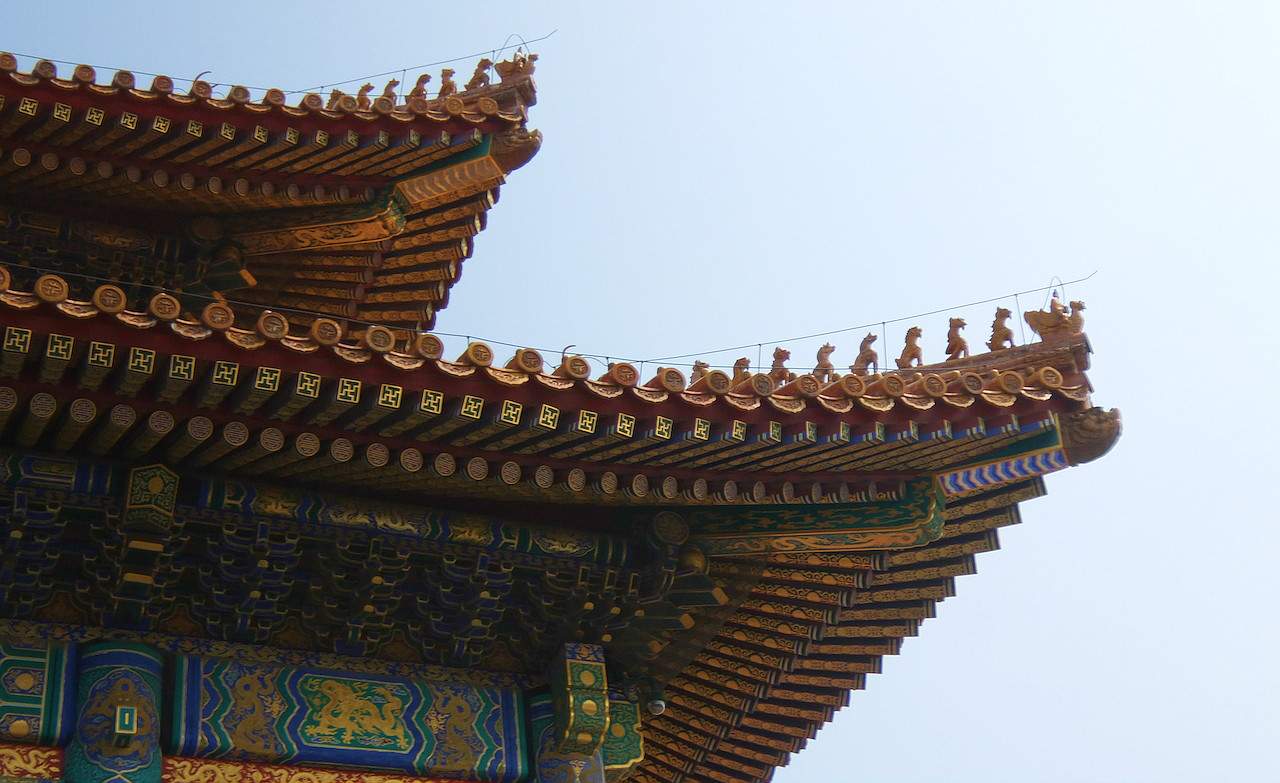A Whirlwind Guide to Beijing
Fly to next-level Peking duck, street art wonderlands, cultural meccas and scorpions on sticks.
Despite being consistently mentioned in same breath as 'pollution', 'overcrowding' and 'sinking geohazard', Beijing has been on an upward trajectory since hosting the 2008 Olympics. You can forget the naysayers; the Chinese capital is a prime holiday destination for those wanting an introduction to Asia. As well as being the default entry point to The Great Wall, the city is a thriving cultural hub with something unexpected around every corner.
Considering the whopping population of 21 million, one of the more surprising things about Beijing is that it happens to be as clean underfoot as any major metropolis, and rarely mentioned greenery and farmland are but a short drive beyond the outer ring roads.
With Cathay Pacific offering flights from Auckland to Beijing (or 21 destinations in China) from $1019, there's no better time to book your trip. Everything from the mighty Forbidden City, remaining hutong neighbourhoods, eccentric edibles and the cutting-edge architecture of the 'Big Pants' building are at your disposal. This is a whirlwind guide to Beijing.
![]()
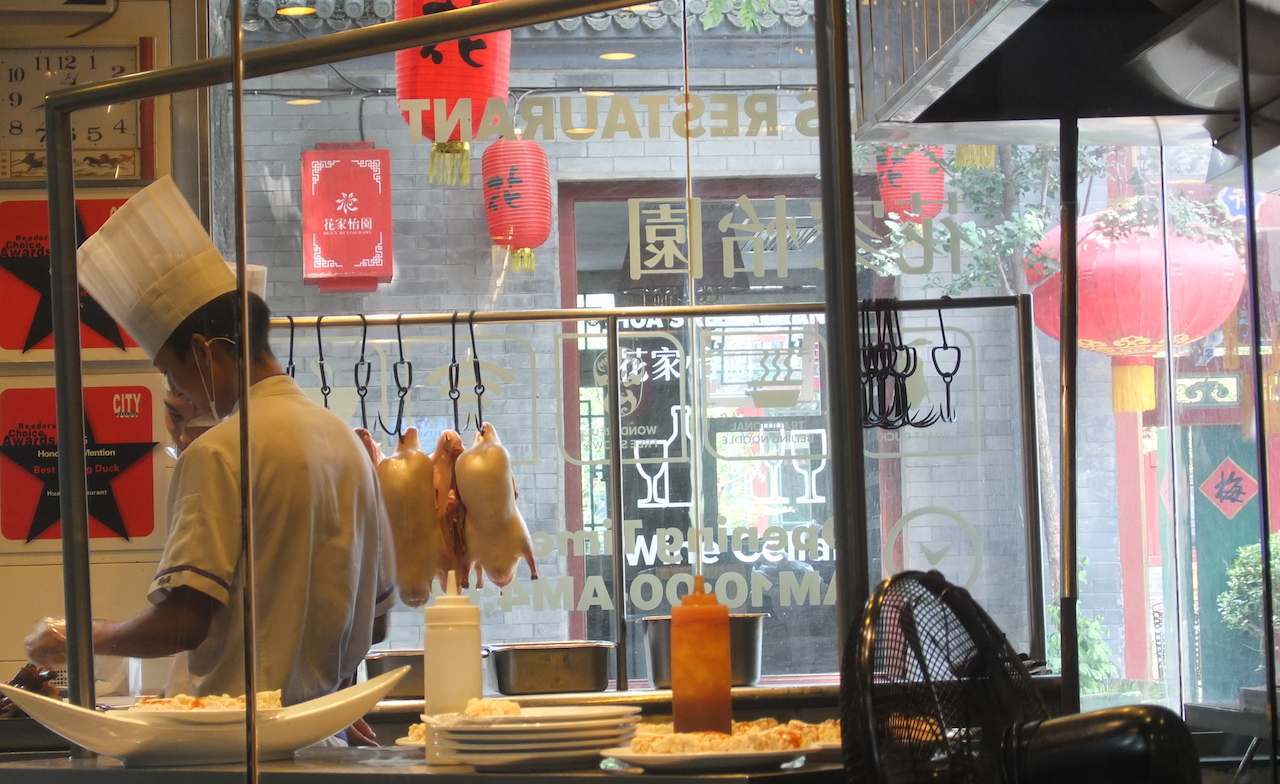
EATING AND DRINKING
QUANJUDE ROAST DUCK RESTAURANT
The region's signature dish, Peking duck, is generally saved for special occasions, and you can expect to pay accordingly. Raised until three months old, each duck is cooked on a bamboo frame in a large woodfired oven to achieve the desired gold and crispy appearance. Needless to say, this isn't an experience for vegetarians. The whole bird is then sliced right before your eyes, table-side. The head is recognised as one of the most prestigious parts to eat — it's sliced in half, sans beak. The texture is dry and chewy and you'll spend a good deal of time navigating bones. The melt-in-your-mouth skin is also treasured and best paired with some of the more plumpish meat alongside the obligatory sliced leek and sweet fermented bean paste in a light and fluffy bao bing pancake. The bao bing is the traditional way to eat Peking duck and an experience you'll want to relive after the first bite. Luckily, every part of the bird is utilised and there are exactly 143 pieces to choose from.
Side note: For those not on the duck buzz, the highly popular Quanjude chain offer everything from kung pao chicken, abalone casserole, sautéed bull frog and catfish.
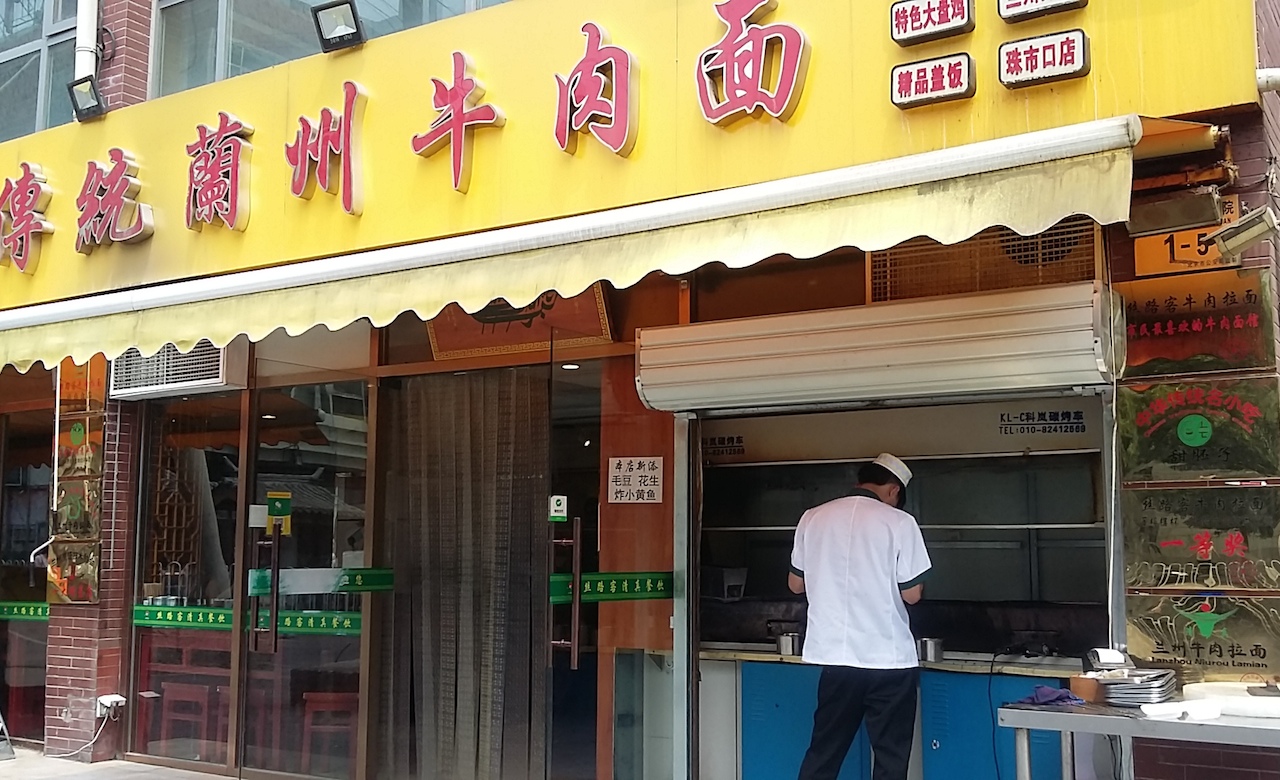
GUANG LIAN LU NOODLES
With wheat being a major commodity of northern China, noodles and dumplings are staple on any given Lazy Susan. Arguably the best noodles in Beijing can be found in the west before the Third Ring Road. With no translatable name in English, the small and lively eatery can be tracked down by finding Guang Lian Lu. Look for the bright yellow facade (see above) — the scent from the outdoor charcoal oven may also lead you in the right direction. The eatery's menu is simple (if you read Mandarin) and only boasts a few options. Undeniably, the main attraction is the hand-pulled Lanzhou noodles. Upon entry you'll be greeted by chef's hand-stretching the dough, and every single table in the room slurping up the broth-drenched treasure. The noodle soup comes in an addictive beef broth, as clear as day, and brimming with coriander and finely sliced daikon radish. The lurking noodles are the epitome of what 'al dente' actually means; neither stiff or mushy. A small bowl will set you back 15 yuan with an extra side of beef for five.
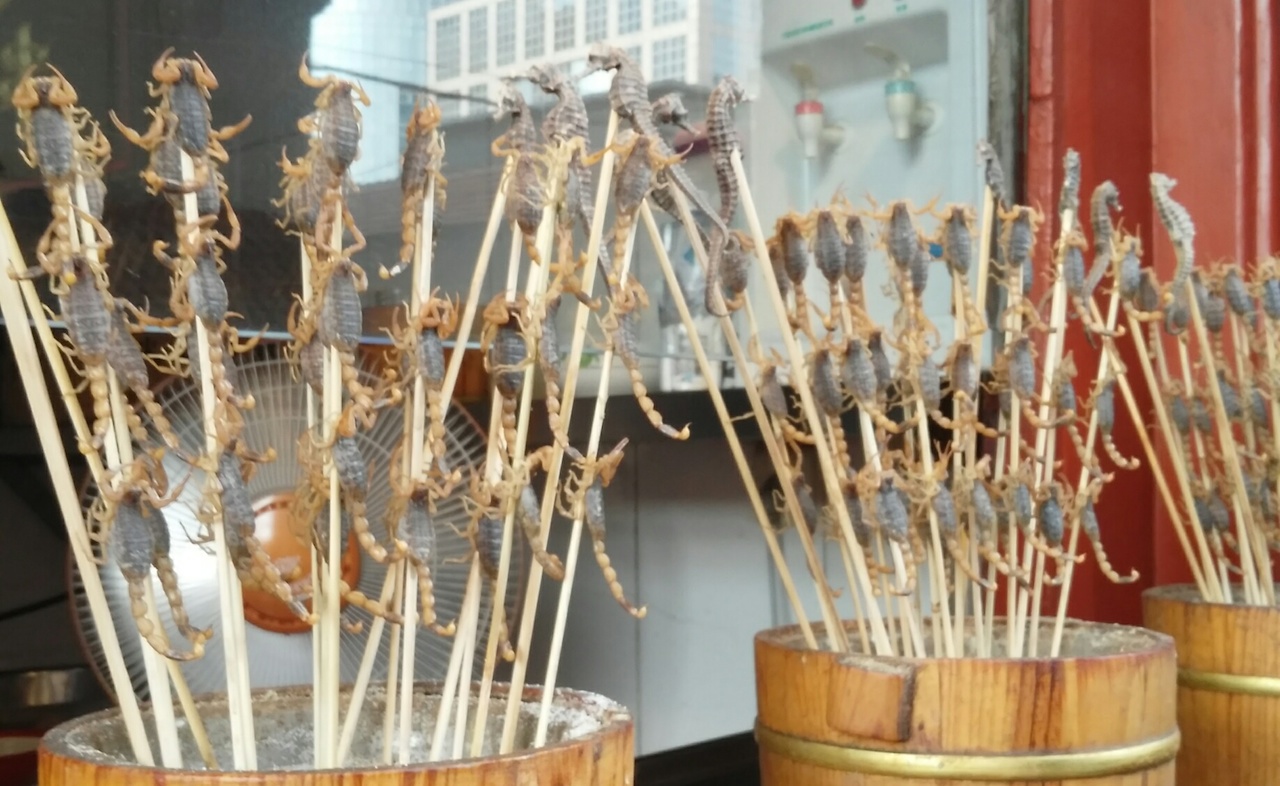
WANGFUJING SNACK STREET
With Beijing's infamous Donghuamen Night Market recently closing after pressure from the neighbours and the lingering scent of stinky tofu, those in pursuit of weird and wonderful food should now make a bee-line straight for Wangfujing Snack Street. Located within the popular Wangfujing shopping district, the lively strip is packed with vendors vying for attention. Food by stick is the main player here and everything from live scorpions, whole squid, pigeon, seahorse and silkworms make the cut. Those keen to lunch on something more conventional will be happy to know there are also more appealing choices like Chinese hamburgers, steamed buns and dumplings. Bring your appetite, and your camera.
![]()
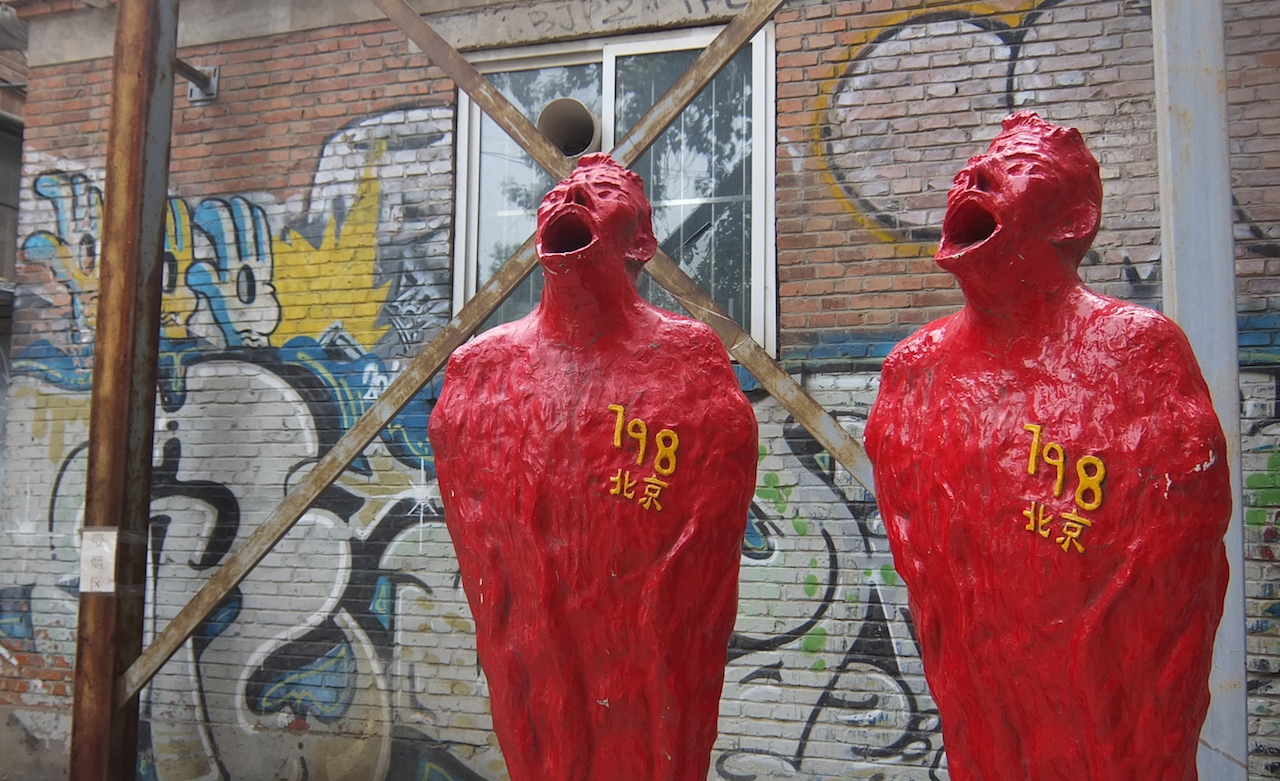
CULTURE
798 ART DISTRICT
You'll need at least half a day to look around the rabbit warren of the 798 Art District. Once a military industrial co-op between the Soviet and People's Republic of China, the district is now a vibrant artist community, offering both traditional and contemporary works. Amongst tree-lined laneways, tunnels and decommissioned factories you'll find makeshift and established galleries hosting everything from life-size figures tipping their hat to Edvard Munch's The Scream, a gargantuan steam train, a bronze statue investigating beastiality/taking a stab at Wall Street, pet squirrels in a cage, newlywed photoshoots and an entire exhibition dedicated to the vagina. Naturally, there's a scent of hipsterdom that whafts around certain corners but with that comes a fantastic cafe culture and some great boutique gift shops. There's even a vape store.
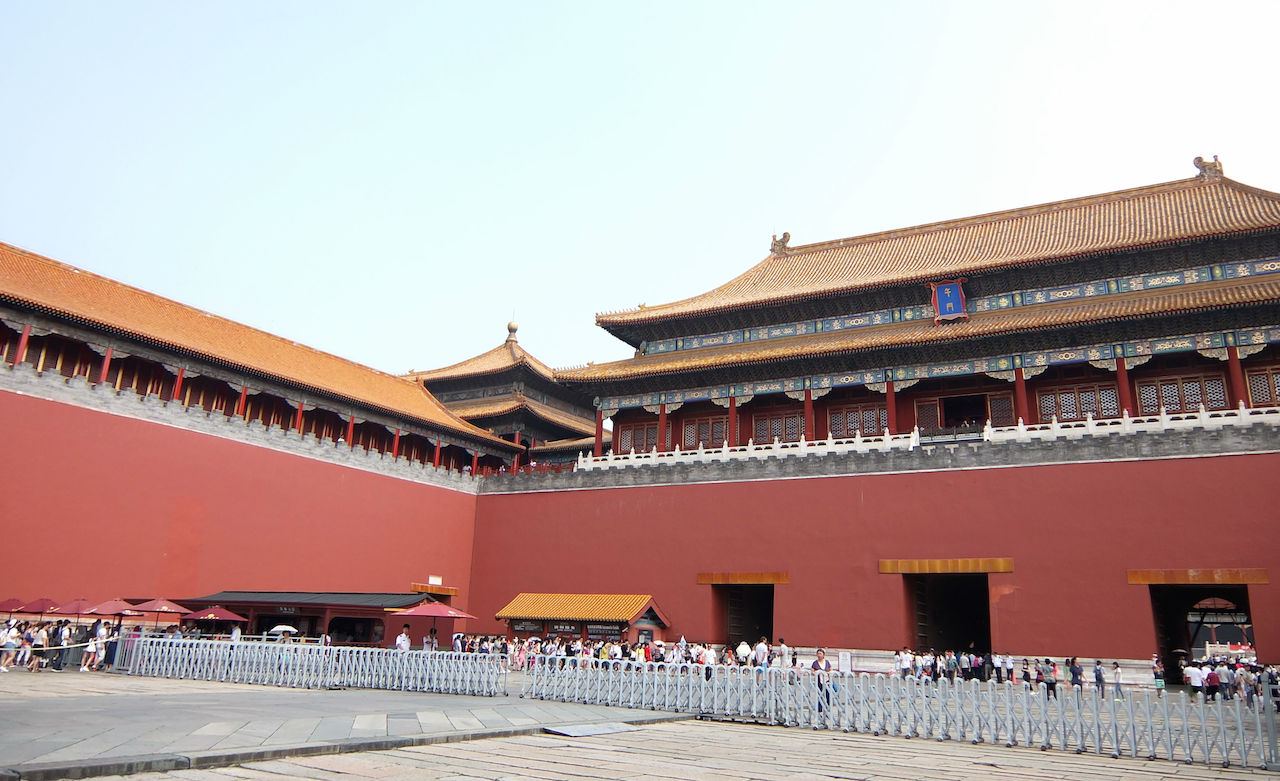
FORBIDDEN CITY
The immense Tiananmen Square leads you into the Chinese Imperial Palace and Palace Museum, otherwise known as the Forbidden City. Before becoming a major tourist attraction, it served as the home of 24 emperors across two dynasties (Ming and Qing), and was the ceremonial and political centre of Chinese government for almost 500 years. Joining the masses will lead you into large sweeping courtyards and give insight into the extravagant life of the emperor and his collective of eunuchs. While the endless courtyards can be repetitive, even for the most adoring temple lover, it's worth walking the full kilometre to Jingshan Park and up the manmade hill. The summit gives you an indication of the magnitude of the palace (a city unto itself) and sweeping views across Beijing.
Side note: Leave your bag at home and take as minimal possessions as possible, as several bag checks will hold you up along the way. Tour bookings are also recommended to beat the queues.
![]()
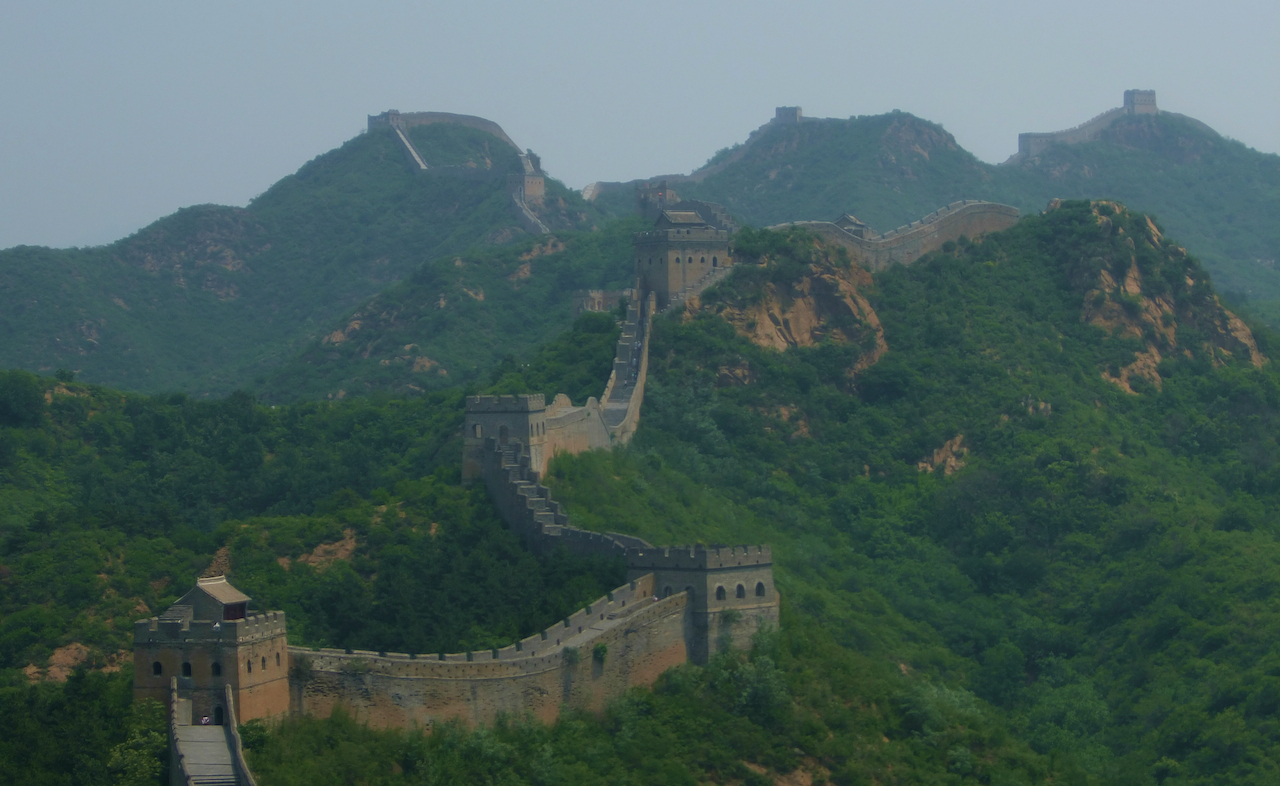
THE GREAT WALL OF CHINA
JINSHALING
Unlike the default Badaling section of The Great Wall, Jinshaling is void of shoulder-to-shoulder crowds. A 30-minute walk up uneven stairs and through greenery will lead you to a half-restored, half-ruined section of The Wall with stunning views of the structure in every direction. It really is an incredible piece of history. While suggested to take six hours, the 14-kilometre hike to the other major crossroad can be knocked out by intermediate walkers and keen photographers in just over three. Those who feel they've seen enough bricks within the first two hours can catch a cable car down to the bottom. On your journey, it's not unusual to be shadowed by local souvenir vendors looking to shift some merchandise. A stern "no" will probably encourage them even more but they're typically armed with cold beer for a well deserved drink stop. Sturdy shoes and sunscreen are recommended.
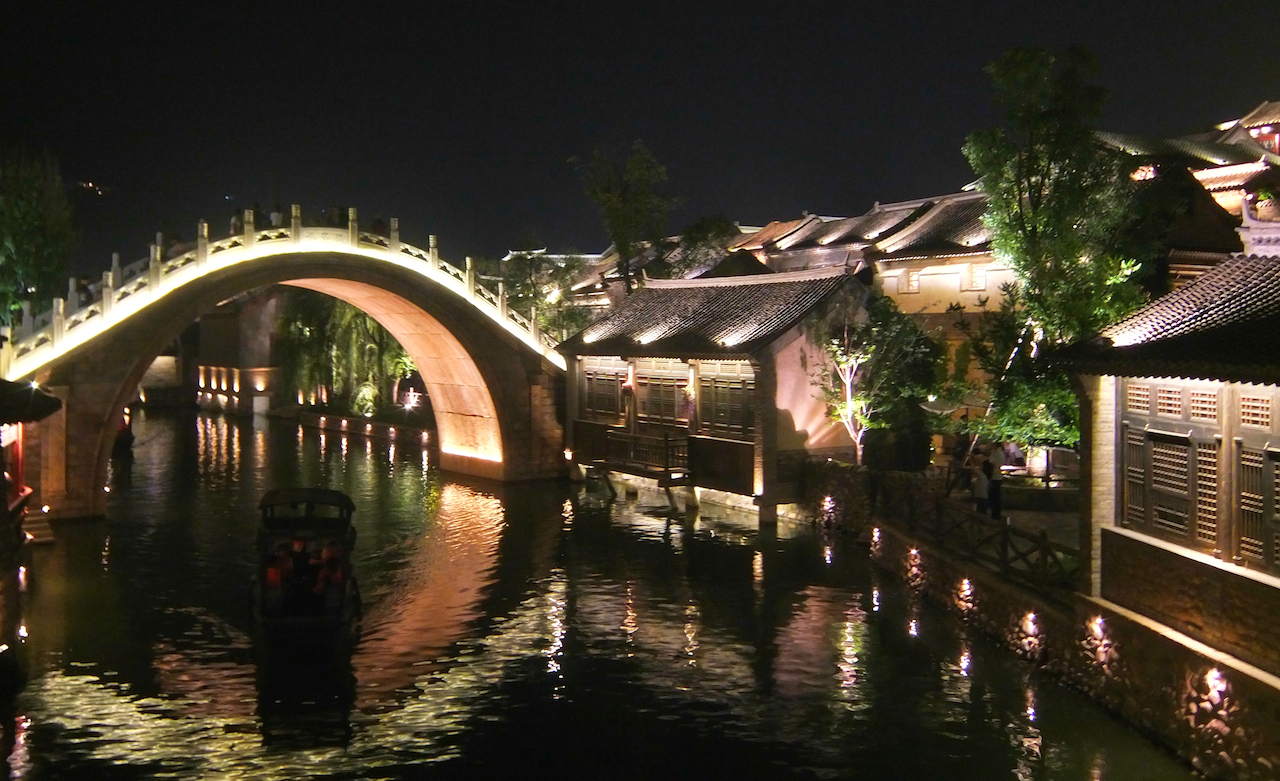
GUBEI WATER TOWN
As well as a major access point to the Simatai section of The Great Wall, Gubei Water Town is its own architectural masterpiece, and worth the visit alone. The nine-square kilometre village was constructed in just one year, making the ten year timeline of Auckland's City Rail Link an embarrassing target. Replete with cobblestone pathways, waterways and narrow bridges, the village is a recreation of the ancient water town Wuzhen near Shanghai. It has since earned itself the title 'Venice of China' and includes everything from boat rides, restaurants, karaoke, boutique hotels and multiple photo opportunities. By night, the entire village is illuminated it all its glory and The Wall stands on the horizon like an oncoming fire storm. Perhaps one of the most appealing elements of the village is that it's still a small blip on the radar of western world, and free from bus loads of tourists.
![]()
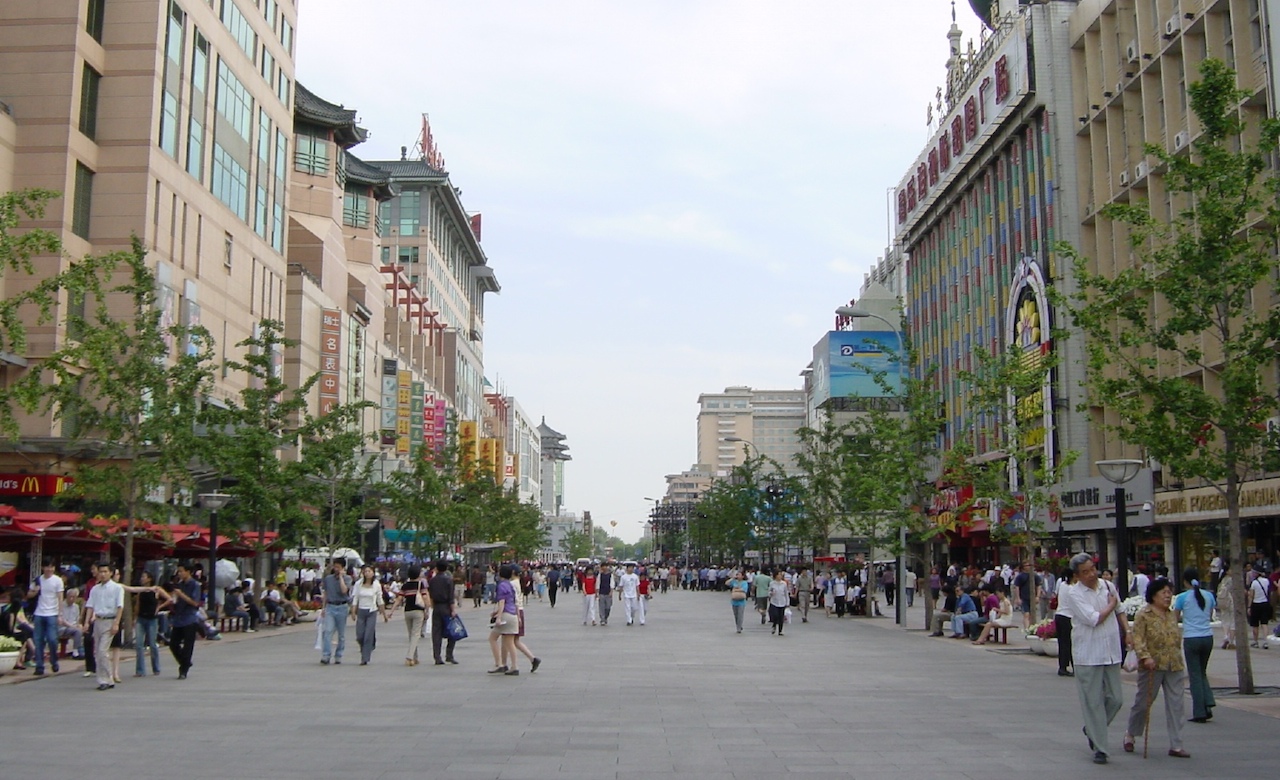
SHOPPING
WANGFUJING STREET
Wangfujing is one of the major shopping areas in Beijing, attracting tourists and residents alike. The shared space is lined with high end stores like Prada, Chanel and Apple, as well as local outlets where you'll find everything from Chinese tea to a department store filled to the brim with candy. Being the busiest commercial street in the city, you're never shy of some good people watching. For cheaper trinkets and souvenirs, take a walk down the aforementioned Wangfujing Snack Street.
PEARL MARKET
Pearl Market is the ultimate place to escape the heat of the city and acquire cheap knock offs. Five floors of stores and cubicles make up the shopping complex. And, you'll find everything from Chinese silk, imitation designer handbags and wallets, electrical products and a loveable recreation of the infamous New York t-shirt — 'I Heart BJ'. Pearl Market's store assistants can be extremely pesky but patience is key when you're in pursuit of a bargain for that stuffed panda ball. Haggling is mandatory and you should start at 10 percent of the asking price before working it up to 20–25 percent. If it all becomes too much (it will), the glorious Temple of Heaven and surrounding park can be found across the street.
![]()
Stephen Heard flew to China courtesy of Cathay Pacific and was taken to all the best bits by the unsurpassable Wendy Wu Tours.
